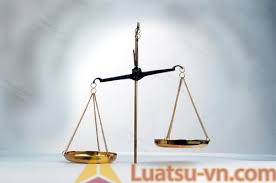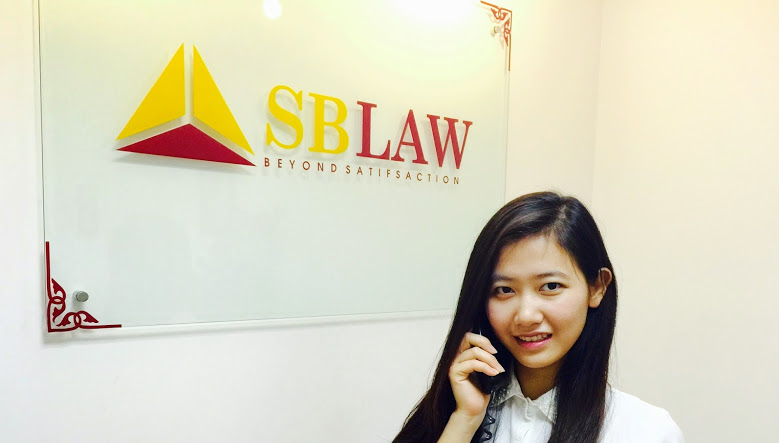1. Documents identifying an industrial design registered for protection in an industrial design registration application include a description and a set of photos or drawings of such industrial design. The industrial design description consists of a section of description and a scope of protection of such industrial design.
2. The section of description of an industrial design must satisfy the following conditions:
a/ Fully disclosing all features expressing the nature of the industrial design and clearly identifying features which are new, different from the least different known industrial design, and consistent with the set of photos or drawings;
b/ Where the industrial design registration application consists of variants, the section of description must fully show these variants and clearly identify distinctions between the principal variant and other variants;
c/ Where the industrial design stated in the registration application is that of a set of products, the section of description must fully show features of each product of the set.
3. The scope of protection of industrial designs must clearly define features which need to be protected, including features which are new and different from similar known industrial designs.
4. The set of photos and drawings must fully define features of the industrial design.

















